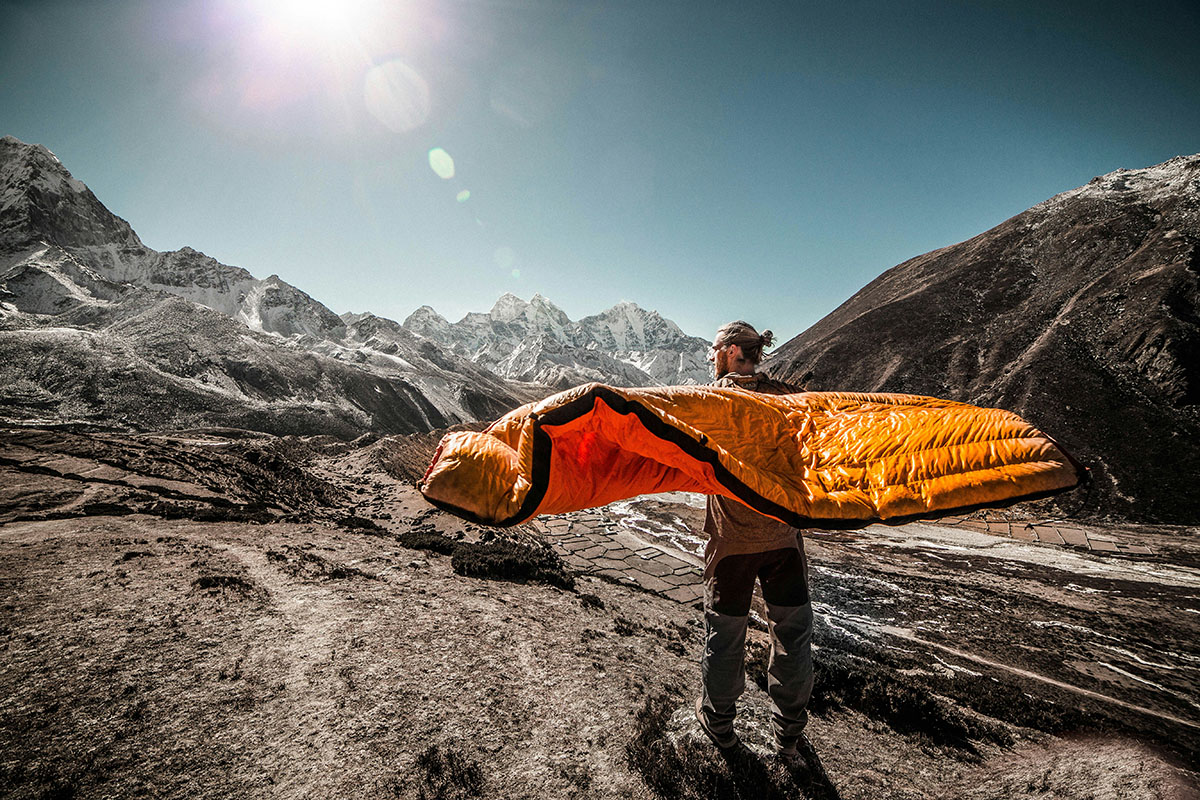

If you’re shopping for a new sleeping bag, there are many things to consider in addition to the brand, such as length, material, weight, gender, season, and shape. While all of these factors are important in their own right, there’s one you should pay particular attention to. We’re of course talking about the sleeping bag temperature rating system.
Videos by Outdoors
The temperature rating of a sleeping bag is found through a standardized test performed by independent groups like the International Standards Organization (ISO) and the European Standard, aka the European Norm (EN).
Yes, for this category of consumer goods, those organizations will measure a sleeping bag’s ability to trap heat through testing inside a laboratory using heat sensors, a thermal manikin, a sleeping pad, and other gizmos.
Despite its reliability, though, a sleeping bag rating is not the most intuitive number to understand. That’s why we’re going to break it down, explain what it means, how it’s found, and what you need to know to find the best sleeping bag for your next adventure.
What Are Sleeping Bag Temperature Ratings?
With sleeping bag ratings, ISO tells you at what temperatures a sleeping bag will be too hot, too cold, and just right — like Goldilocks.
According to the standard, ISO 23537-1:2020, the system identifies four temperature ranges: comfort, limit, extreme, and maximum. However, a sleeping bag maker might only reveal the ones that make the most sense.
The most commonly revealed sleeping bag temperature ratings are comfort and limit. The comfort temperature rating is the temperature at which you will sleep comfortably in a sleeping bag — makes sense, right?
However, be aware that the comfort range is the rating often used to label sleeping bags for women. The is because long-established research shows that the average woman tends to lose more body heat while sleeping than the average man.
On the other hand, the limit temperature rating is the temperature at which a person considered a warm sleeper would feel comfortable. While the comfort rating often represents the average female, the lower limit rating is often used to recommend sleeping bags for the average man.
Finally, the extreme and maximum sleeping bag ratings reveal at what temperatures — too hot or too cold — you can survive inside the sleeping bag. While you may feel cold and experience health damage, but you (probably) won’t die if you follow a bag’s rating.
Best Sleeping Bags
- Men’s Sleeping Bag: Mountain Hardwear Bishop Pass GORE-TEX -15 Sleeping Bag
- Women’s Sleeping Bag: NEMO Forte 20 Sleeping Bag
How Are Sleeping Bags Tested?
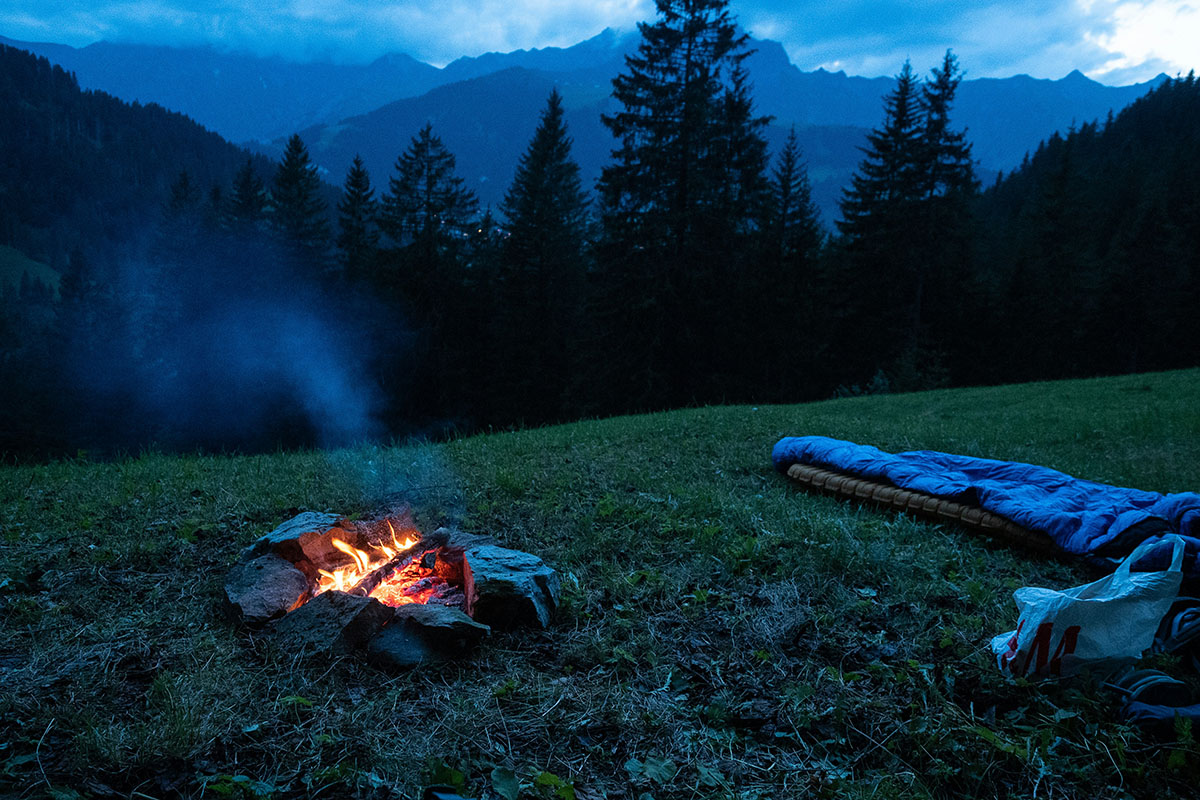
In publicly available documents, ISO only provides so much information about how it tests sleeping bags. While I could splurge and buy the guidelines, I can think of better uses for that $129, so I’m forced to search the darkest corners of the internet for answers — and by that, I mean YouTube.
According to experts on various channels, ISO testers will measure the bag’s performance inside a temperature-controlled room using a test dummy covered in heat sensors and fitted with long underwear, a hat, and socks. The sleeping bag is also placed on top of a winter-weight sleeping pad.
During the test, ISO researchers look at the sleeping bag’s thermal resistance rating, or the R value, which ISO defines as “the dry heat loss of the sleeping bag user, affected by the difference of temperature between the skin and the ambient air.”
With the heated manikin in a relaxed posture and then a curled-up posture, they test until they find thermal equilibrium, which is when the temperature inside the sleeping bag matches the air temperature outside the sleeping bag.
Sleep System
- Ultralight Sleeping Pad: NEMO Tensor Ultralight Sleeping Pad
- Heavy-Duty Sleeping Pad: Exped MegaMat 10 Sleeping Pad
Limitations to Sleeping Bag Temperature Ratings
While you can trust the sleeping bag temperature rating, many will point out that there are limitations to the ISO (and EN) test and sleeping bag temperature ratings in general.
First off, the test is done in a controlled environment, so outside of that environment, you can’t control all the variables like weather conditions, and not all sleep systems are the same. For instance, there are an assortment of sleeping pads available, which have their own R value, in addition to the one the testers use.
Next, ISO testing is completely voluntary and, in fact, companies have to pay for the service. They also don’t have to share the results, which is why they typically only reveal a comfort range and the lower limit ratings.
Finally, sleeping bag ratings are meant for the average man or woman, but not for kids. However, every individual has his or her own personal internal thermostat, so we can’t easily be categorized as warm sleepers or cold sleepers based on gender alone. Therefore, the rating cannot scientifically determine comfort or when we will start feeling cold. It’s subjective.
With that said, a sleeping bag rating is a standard for quality control rather than a determination of bag warmth.
Recommended Sleeping Bags
- Rectangular: REI Co-op Siesta Hooded 20 Sleeping Bag
- Semi-Rectangular: Mountain Hardwear Bishop Pass GORE-TEX -15 Sleeping Bag
- Mummy: The North Face One Bag Sleeping Bag
- Double: The North Face Dolomite One Duo Sleeping Bag
How to Determine Sleeping Bag Warmth
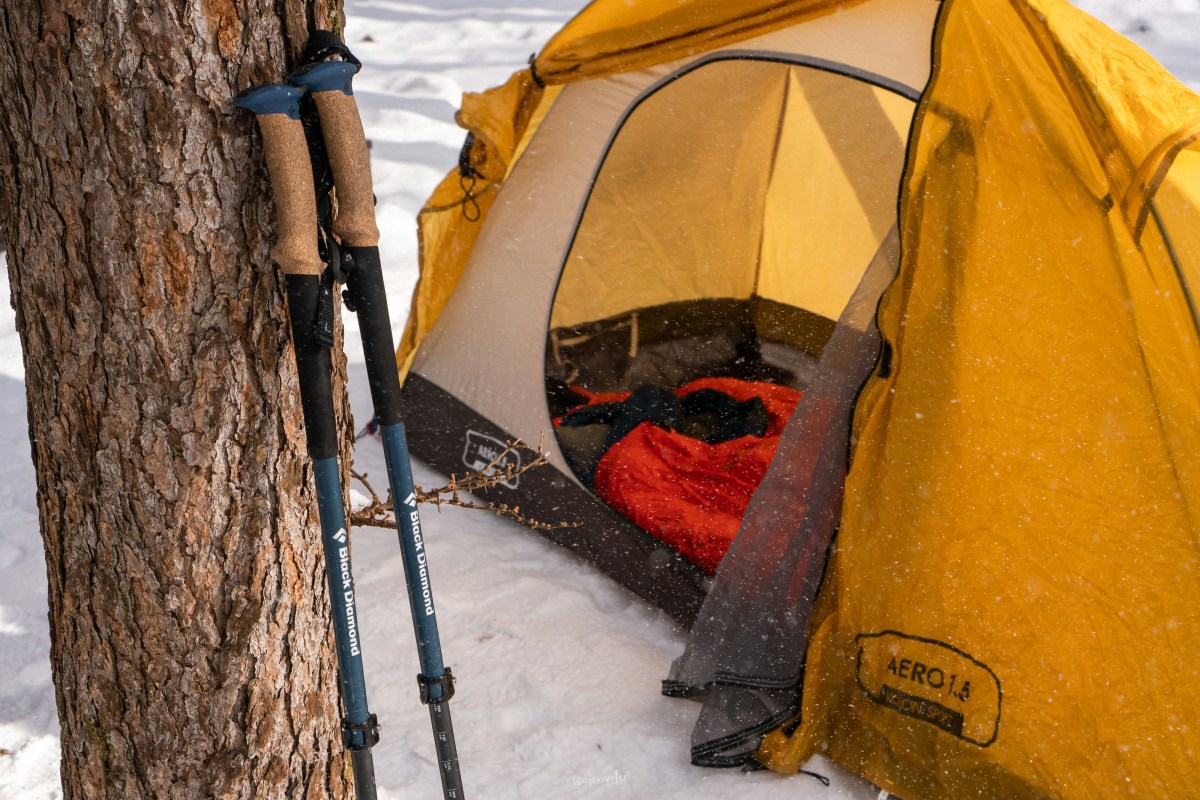
While only some manufacturers will pay for ISO or EN ratings, all manufacturers will provide some kind of metric for temperature ratings. However, none of these things will necessarily result in warmer sleeping bags.
Again, the ratings are guidelines meant to give you an idea of how to buy gear for staying warm on cold nights. So it raises the question: How do you determine sleeping bag warmth?
Steven of the My Life Outdoors channel shared a video about sleeping bag ratings in which he argued you could determine how much heat a sleeping bag can retain by measuring its loft.
For textiles, loft is a measure of warmth based on a bag’s height and thickness. It’s important to note that sleeping bags work by preventing your body heat from escaping — that’s what keeps you warm.
“The warmer the loft a bag has, the warmer it’s going to feel,” Steven said, adding that companies try to figure out how much loft is needed for a specific temperature rating.
Steven explained that the outdoorsman and gear maker Ray Jardine came up with a formula for figuring that out. The formula roughly equates to a quarter-inch of insulation for every 10 degrees of temperature change.
“So if a 40-degree bag has 1.5 inches of insulation, then a 30-degree bag needs one and three quarters, a 20-degree needs two inches, etc.,” he said.
Bag Type and Temperature Rating
- Summer Season = 30 degrees Fahrenheit and higher
- 3-Season = 15-30 degrees Fahrenheit
- Winter = 15 degrees Fahrenheit and lower
Other Features for Extra Warmth
In addition to the sleeping bag temperature ratings, experts say if you want to find the right sleeping bag that keeps you warm and comfortable while camping, you should consider other features like shape and insulation.
Sleeping bags come in three different shapes, which have self-explanatory names, such as rectangular, semi-rectangular, and mummy. The important thing to take away is that rectangular sleeping bags have more empty space, while mummy sleeping bags cover everything except your face, so there’s less empty space and therefore more insulation.
Speaking of insulation, there are two types — down and synthetic — and they both have their pros and cons.
Down is a natural insulation collected from waterfowl, and it’s incredibly warm. It also packs down easily. However, it’s more expensive than synthetic insulation, doesn’t work very well wet, and takes a while to dry.
Compared to down, synthetic insulation costs less but weighs more, it will continue to insulate while wet, and it dries faster than the natural material. It also doesn’t need to be plucked from a bird.
Best Sleeping Bag by Insulation Type
- Down Insulation: Mountain Equipment Transalp Down Sleeping Bag
- Synthetic Insulation: Rab Solar Ultra 1 Sleeping Bag
Also check out our full list of best sleeping bags and the best budget sleeping bags.
Sleeping Bag Temperature Ratings Explained: Final Thoughts

When it comes to sleeping bag ratings, official certifications by organizations like the ISO or EN are incredibly helpful. While these ratings are not the only thing to consider, it is at least a standard to start with. Sleep comfortably, my friends.
Also check out our top 10 tips for staying comfortable while camping.





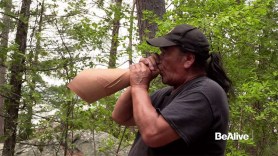



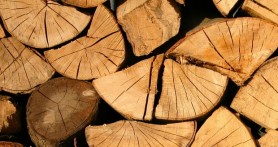
Pingback: Top Sleeping Bags for Kids: Comfort and Safety in the Outdoors